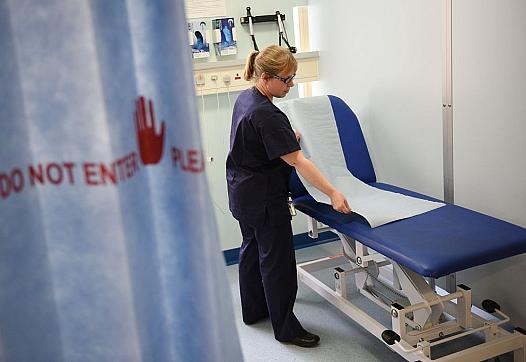
A rigorous new study finds the "hotspotting" approach to health care super-users doesn't work as well as hoped. It's another case of hype outpacing the evidence.

A rigorous new study finds the "hotspotting" approach to health care super-users doesn't work as well as hoped. It's another case of hype outpacing the evidence.
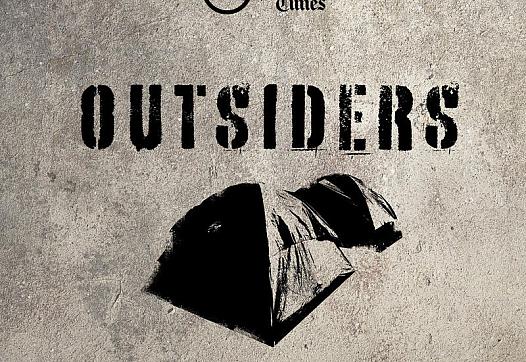
This story was produced as part of a larger project led by Will James, a participant in the 2019 National Fellowship.
Other stories in this series include:
Episode 1: The Rain
Episode 2: What Happened Here
Ballad Health on Monday announced it would reduce prices for patients without insurance, offer discounts to those who can’t afford their high-deductible insurance plans and use artificial intelligence to determine if patients qualify for free or reduced-cost care.

One in four county residents — including children, seniors and disabled individuals — will see their monthly government food assistance benefits wiped out early this year now that a new federal rule to alter work requirements for food stamp recipients goes into effect.
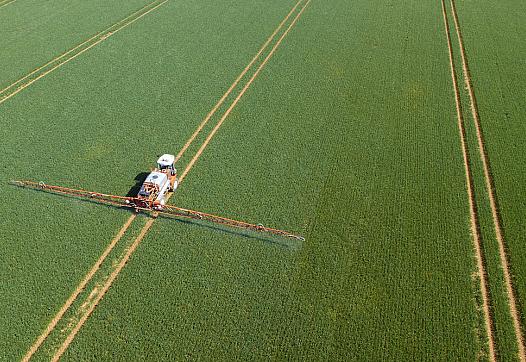
As a child growing up in Arvin, California, Gabriel Duarte played with his brothers in an orchard 15 feet from his family’s front door. Today he plays in a prison yard. Duarte believes these two points on his 20-year timeline are related.
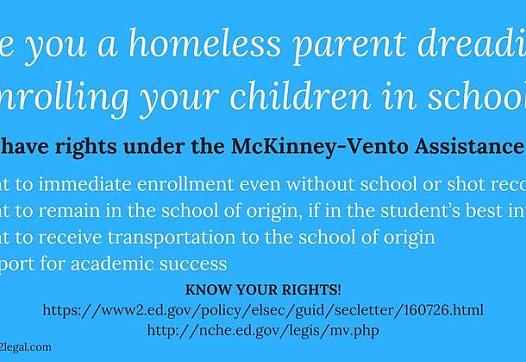
Federal law guarantees public school students experiencing homelessness a host of rights, to bring them educational stability. But a recent state audit found poor compliance and oversight across California.
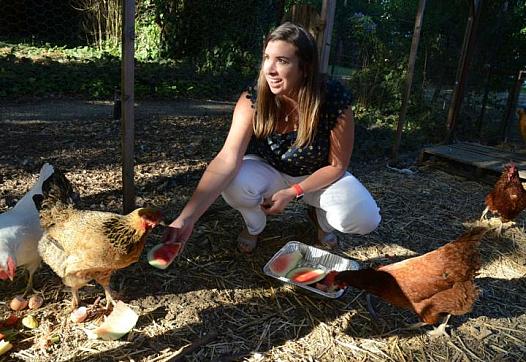
"I ultimately found a handful of good sources who were willing to share their personal housing struggles. But it took a lot more work than I expected to get there."

Earlier this month marked the end of a public comment period for what would be the third rule change for SNAP, a proposal that stands to cut the nutrition benefits for at least a few million people.

Faced with an order to reduce dust from the Oceano Dunes State Vehicular Recreation Area, the State Department of Parks and Recreation is spending $437,506 to study whether ocean algae is to blame for air pollution downwind of the park.
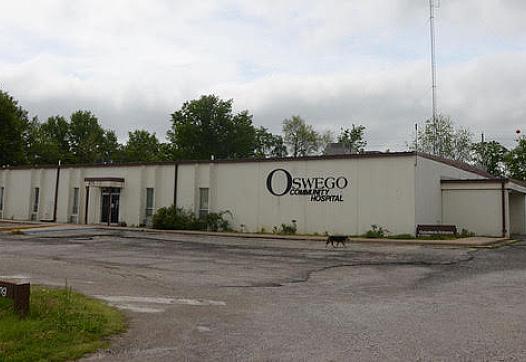
A report from The Morning Sun in Pittsburg, Kansas and GateHouse Media’s National Data and Investigations Team is a good reminder that there can be much more to these stories.